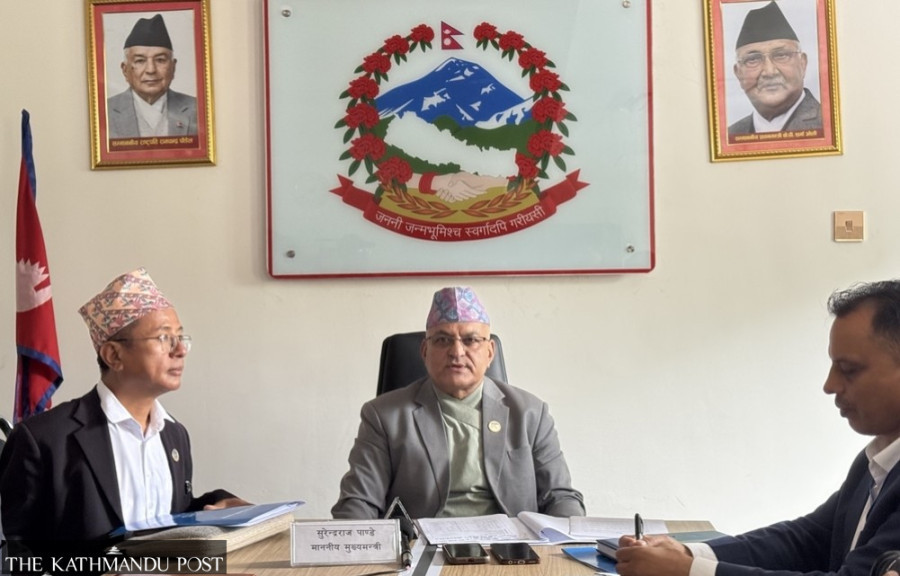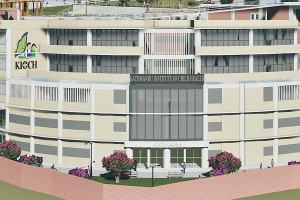Editorial
Ray of hope in Gandaki
The province’s plan to restructure its administration should be cautiously welcomed.
The Gandaki province government has unveiled a bold plan to restructure its administration, apparently as a part of governance reform. The provincial Cabinet, led by Chief Minister Surendra Raj Pandey, on Monday announced plans to scrap nine offices, merge 32 others into 17, and cut 185 positions. The bureaucratic overhaul, official says, will trim salary expenses by an estimated Rs400-500 million a year while further streamlining service delivery. The move has come at a time when provinces have become increasingly unpopular. If implemented effectively and if replicated in other provinces, such measures may help provincial governments improve their poor public image to an extent.
Given the poor governance record of our provinces, it is too early to be very optimistic. The Gandaki government was widely praised after erstwhile chief minister Khagaraj Adhikari reduced the number of ministries to seven from 12 in January 2023. But Pandey, the current chief minister, himself increased the number of ministries to nine in September 2024 to accommodate more ministers in his Cabinet. Politicians have over the years resorted to every tactic in the book to prolong their stay in power. Chief ministers from across the parties competed to make gangster-turned-lawmaker Rajiv Gurung aka Deepak Manange minister, multiple times. This was before November 2024, when the Supreme Court convicted him of attempted murder and sent him to jail.
The pro-federalists, at the time of writing the constitution, pledged to devolve powers from Singhadurbar to provinces, and they promised to ensure better governance and delivery through sub-national governments. Unfortunately, the seven provinces have failed to walk the talk. In the past decade, the public perception that provinces are burdens on state coffers rather than of any help to the common people has become stronger.
People would be more convinced if Pandey had decided to first reduce the number of ministries and then to revamp the bureaucracy; it would be more reasonable to try to correct past mistakes before making new announcements. If the political parties are serious about structural reform in the existing system, they must do away with unnecessary agencies. For instance, there is no point in retaining the District Coordination Committees (DCC) that were added by the politicians who couldn’t get rid of the hangover of the district-based approach to development—even after adopting federalism that does not recognise such districts. The state is wasting money in the name of 77 DCCs. The major political parties should seriously think of dissolving these structures across the country and further strengthening relations between Palikas and provincial governments, in the true spirit of the three-tier federal system. Giving local and provincial governments more resources while improving their accountability to the people is the right approach to make the federal system function better.
The leaders of the current ruling coalition—chiefly of the Nepali Congress and the CPN-UML—have over the years not hesitated to employ all kinds of dirty tricks to stay in power, thus making people doubt even their relatively rational decisions. Better late than never, Pandey is headed in the right direction. For now, he deserves the benefit of doubt.




 16.2°C Kathmandu
16.2°C Kathmandu














